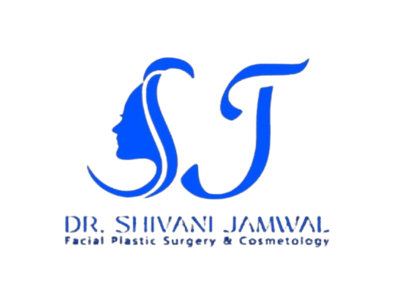+919113043886

This is your website preview.
Currently it only shows your basic business info. Start adding relevant business details such as description, images and products or services to gain your customers attention by using Boost 360 android app / iOS App / web portal.
Description
Rhinoplasty, commonly known as nose surgery or a nose job, is a cosmetic procedure designed to reshape and enhance the appearance of the nose. It can address various concerns, including changes in size, shape, and proportions, as well as functional issues related to breathing. Here is an overview of the rhinoplasty treatment process: Consultation: The process begins with a consultation with a board-certified plastic surgeon or a facial plastic surgeon specializing in rhinoplasty. During the consultation, the surgeon assesses the patient's facial features, discusses the patient's goals, and evaluates the current state of the nose. Medical Evaluation: The surgeon conducts a thorough medical evaluation, including a review of the patient's medical history, any medications taken, and any existing medical conditions. Diagnostic imaging, such as photographs and sometimes computer imaging, may be used to visualize potential results and aid in treatment planning. Treatment Planning: Based on the patient's goals and facial anatomy, the surgeon develops a personalized treatment plan. The plan may involve addressing concerns such as nasal size, shape, tip definition, nostril width, and overall facial balance. Preoperative Instructions: Before the surgery, the patient receives preoperative instructions, which may include guidelines on medications to avoid, fasting requirements, and any necessary preparations for the recovery period. Anesthesia: Rhinoplasty can be performed under local anesthesia with sedation or general anesthesia, depending on the complexity of the procedure and the patient's preference. Incisions: The surgeon makes incisions inside the nostrils (closed rhinoplasty) or, in some cases, a small incision on the columella (the strip of skin between the nostrils) for open rhinoplasty. The choice of incision type depends on the surgical goals and the surgeon's preference. Reshaping the Nose: Cartilage and bone are reshaped or adjusted to achieve the desired changes in nasal structure. Techniques may include removing excess tissue, refining the nasal tip, straightening a deviated septum, or addressing other specific concerns. Sutures and Dressings: The incisions are closed with sutures, and the surgeon may use internal splints or external dressings to support the new nasal shape. Postoperative Recovery: After the surgery, patients are monitored in a recovery area until they are stable. Swelling, bruising, and discomfort are common and can be managed with prescribed medications and cold compresses. Patients are advised to avoid strenuous activities and follow postoperative care instructions for optimal healing. Follow-up Appointments: Follow-up appointments are scheduled to monitor the healing process, remove any sutures or splints, and assess the early results. Patients are provided with postoperative care instructions, including guidelines on nasal hygiene and activities to avoid during the initial recovery period. Long-Term Results: The final results of rhinoplasty become more apparent as swelling subsides and the tissues heal. Patients can expect improved nasal proportions, enhanced facial harmony, and, in some cases, improved breathing function.

